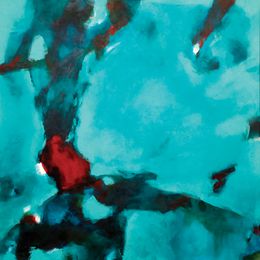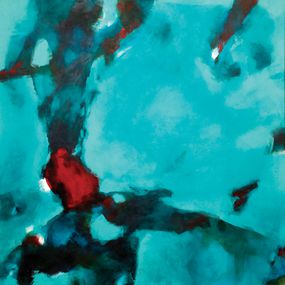
Presentation
After a university training in industrial design at the Instituto Superior de Diseño Industrial (ISDI) in Cuba, specializing in Habitat (1996), Jeannine Achon devoted himself fairly quickly to painting, initially figurative, and to painting. illustration, late 1990s.
His painting, at the end of the 1990s and the beginning of the 2000s, is largely figurative, but already contains certain technical bases of his future abstract works: funds made up of flat areas as the basis of his work, the use of acrylic, on paper or canvas, very colorful approaches.
For the past ten years, his work has been part of the trend of abstract expressionism, following twentieth century artists such as Mark Rothko, Maurice Estève and Joan Mitchell. Numerous exhibitions have been devoted to him in recent years.

Discover our selections of works by artists
What are their 3 main works?
When was Jeannine Achon born?
